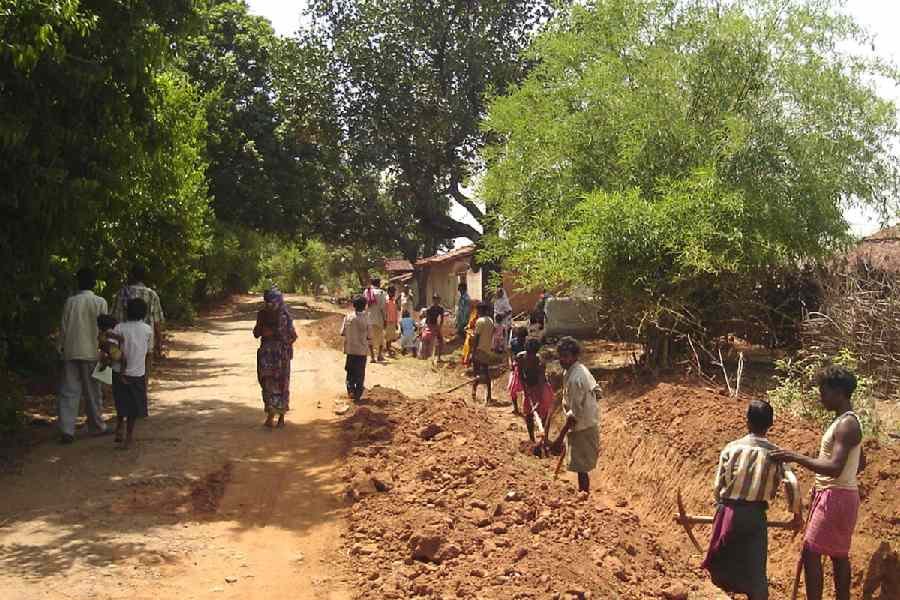Kedarnath Temple, located in the Uttarakhand state of India, is one of the holiest pilgrimage sites in Hinduism. The temple is dedicated to Lord Shiva, one of the principal deities in the Hindu pantheon, and is considered to be one of the twelve Jyotirlingas, which are believed to be the most sacred abodes of Lord Shiva. The temple is situated at an altitude of 3,583 meters in the Himalayas and is surrounded by snow-capped mountains, making it a challenging yet rewarding journey for pilgrims. In this article, we will explore the history, significance, and journey to Kedarnath Temple.
History of Kedarnath Temple
According to Hindu mythology, Kedarnath Temple was built by the Pandavas, the heroes of the epic Mahabharata. The temple is believed to have been initially constructed by the eldest Pandava, Yudhishthira, and was later rebuilt by Adi Shankaracharya, a Hindu philosopher and theologian in the 8th century. The temple has been renovated several times throughout history, with the most recent restoration taking place in 2013 after severe flooding in the area.
Significance of Kedarnath Temple
Kedarnath Temple holds great significance for Hindus, as it is believed to be the place where Lord Shiva granted a boon to the Pandavas, which ultimately led to the victory in the Mahabharata war. The temple is also one of the four sacred sites in Hinduism known as Chota Char Dham, which are believed to be the most important pilgrimage site in India. The other three sites are Badrinath, Gangotri, and Yamunotri.
Journey to Kedarnath Temple
The journey to Kedarnath Temple is not for the faint-hearted, as it involves a trek of approximately 16 kilometers from Gaurikund, which is the base camp for the pilgrimage. The trek is steep and can take up to 6-7 hours to complete, depending on one’s fitness level. However, the journey is filled with breathtaking views of the Himalayan range and the Mandakini river, which flows alongside the trekking path.
Route to Kedarnath Temple
The trekking route to Kedarnath Temple passes through several important sites, including the ancient town of Guptkashi, which is believed to be the place where Lord Shiva went into hiding during the Mahabharata War. The trek also takes pilgrims through the Kedarnath Wildlife Sanctuary, which is home to a variety of flora and fauna, including the elusive Himalayan black bear.
Accommodation at Kedarnath Temple
Pilgrims have the option of staying in several guesthouses and ashrams along the trekking route, which offer basic facilities such as food and lodging. However, the most popular option for accommodation is the Kedarnath Temple’s guest house, which is located just a few meters from the temple. The guest house provides comfortable accommodations and offers stunning views of the Himalayas.
Puja and Darshan at Kedarnath Temple
The main attraction of Kedarnath Temple is the darshan, which is the opportunity to see the idol of Lord Shiva. Pilgrims have to stand in a queue to get a glimpse of the deity, which can take up to several hours during peak season. However, the wait is worth it as the darshan is a deeply spiritual experience. Pilgrims can also perform puja and offer prayers at the temple, which is believed to bring blessings and good fortune.
Kedarnath Temple: A Journey to the Sacred Abode of Lord Shiva
Kedarnath Temple, nestled in the lap of the Himalayas, is one of the most revered temples of Lord Shiva in India. It is situated in the Rudraprayag district of Uttarakhand and is one of the four Char Dham pilgrimage sites for devout Hindus. This ancient temple, dating back to the 8th century, holds immense religious and historical significance. The trek to Kedarnath Temple is not only a spiritual journey but also an exhilarating experience amidst the breathtaking natural beauty of the mountains.
History of Kedarnath Temple
The Kedarnath Temple is believed to have been built by Adi Shankaracharya, a renowned Hindu philosopher, and saint, in the 8th century AD. The temple is said to have been constructed on the site where Lord Shiva appeared in the form of a Jyotirlinga (pillar of light). The original temple was destroyed by several natural calamities and was reconstructed in the 19th century by the then-ruler of Jaipur, Maharaja Madho Singh. Since then, the temple has undergone several renovations and restorations, including the latest one after the devastating floods of 2013.
Significance of Kedarnath Temple
The Kedarnath Temple is one of the most revered Hindu pilgrimage sites and is believed to be the abode of Lord Shiva, one of the most powerful deities in Hindu mythology. It is also one of the twelve Jyotirlingas, which are considered to be the most sacred shrines of Lord Shiva. According to Hindu mythology, it is believed that visiting Kedarnath Temple and taking a dip in the holy waters of the Mandakini River can wash away all sins and grant salvation. The temple is also a symbol of resilience and strength, having withstood the test of time and natural calamities.
Trek to Kedarnath Temple
The journey to Kedarnath Temple is not for the faint-hearted. The trek, which starts from Gaurikund, is around 16 km long and takes around 6-7 hours to complete. The trek is arduous, with steep climbs and rough terrain, but the breathtaking views of the Himalayan ranges and the lush green valleys make it a once-in-a-lifetime experience. The trek is open for a limited period from May to November, and during the winters, the temple is closed due to heavy snowfall.
Accommodation and Facilities
There are several accommodation options available for pilgrims visiting Kedarnath Temple, ranging from basic dormitory-style rooms to luxury tents. The temple authorities also provide free meals and medical facilities for pilgrims. The temple also has a well-equipped hospital to cater to any medical emergencies.
Tips for Pilgrims
If you are planning a visit to Kedarnath Temple, here are some tips to make your journey comfortable and hassle-free:
- Start your trek early in the morning to avoid the rush and reach the temple before sunset.
- Carry warm clothing, rain gear, and comfortable shoes.
- Drink plenty of water and carry energy bars or snacks for the trek.
- Book your accommodation in advance to avoid any last-minute hassles.
- Respect the local customs and traditions, and maintain cleanliness and hygiene.
Conclusion
Kedarnath Temple is not just a place of worship but a symbol of resilience, faith, and devotion. The journey to this sacred abode of Lord Shiva is a once-in-a-lifetime experience that combines spirituality and adventure amidst the natural beauty of the Himalayas. It is a journey that every devout Hindu must undertake at least
Internal Link – atzworld









